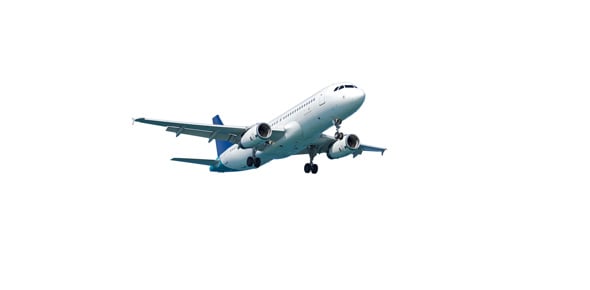If, after acknowledging a clearance, the pilot realizes that he cannot...
In order to pass an aircraft at your 12 o'clock (in front) and at the...
The main goal of a flight safety investigation, following an aviation...
After an aviation accident, the pilot or operator of the aircraft in...
All runways and taxiways or parts there-of which are closed to...
An ATC instruction
A series of flashing white light directed at an aircraft in the...
When two aircraft are converging at approximately the same altitude,
The pilot of an aircraft in flight should if possible maintain a...
A series of flashing green light directed at an aircraft signifies...
To avoid wake turbulence, when taking off behind a heavier aircraft, a...
When the ceiling is reported at 1000 feet and visibility is reported...
As part of initial contact with a Canadian ATC unit, the pilot of the...
Pilots shall activate the IDENT control on their transponders
ATIS is usually provided:
The CARs identify an infant as a person:
Unless oxygen and oxygen masks are available, as specified in the...
Once the PIC has instructed that seat belts be fastened, all infants...
The holder of a student pilot permit may, for the sole purpose of...
An airport is an aerodrome that (is/has)
















